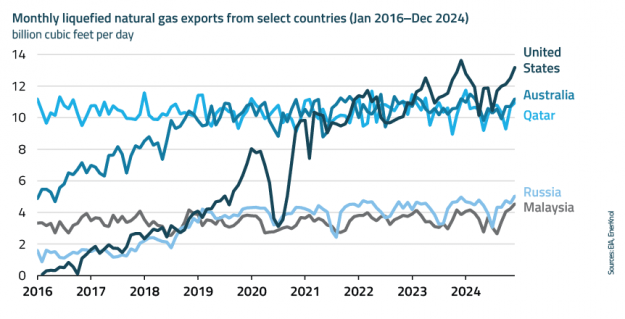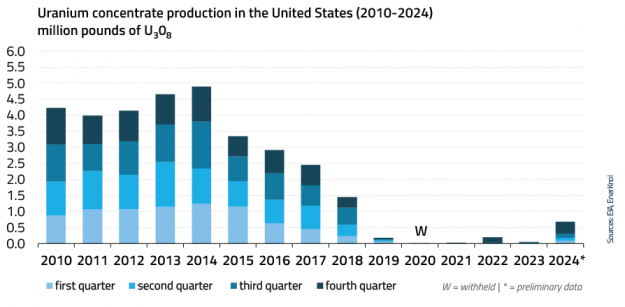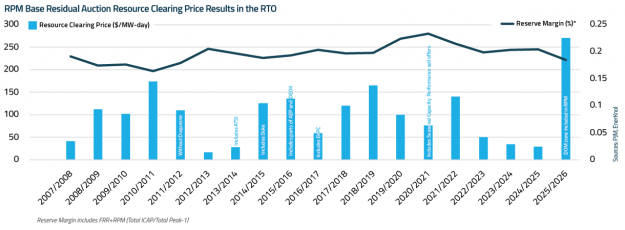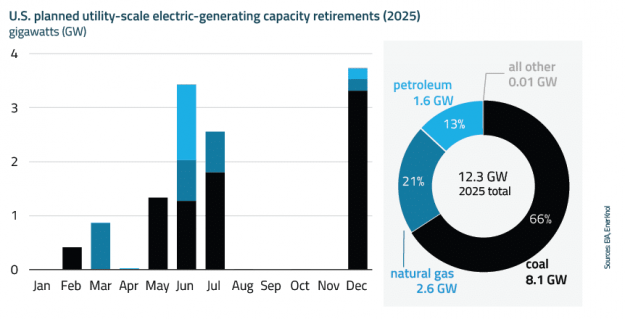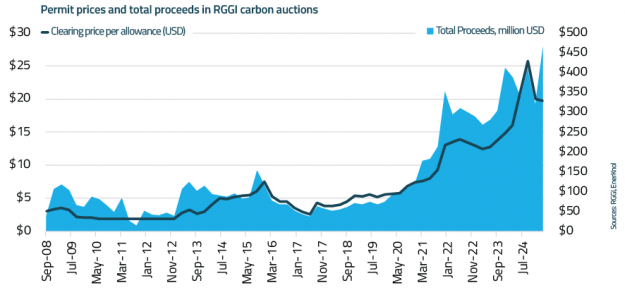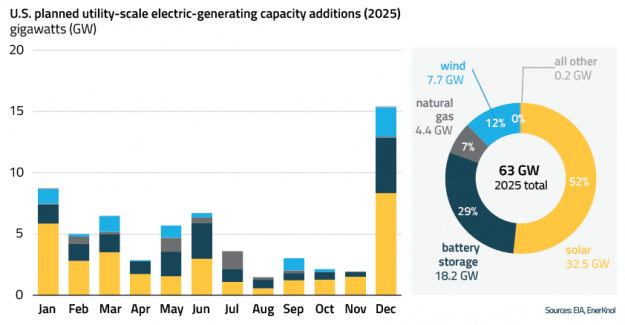Visual Primer: Executive Orders Advance U.S. Fossil Fuel Expansion With Deregulatory Push
The Trump administration has issued a series of executive orders aimed at revitalizing the U.S. fossil fuel industry, including removing barriers to coal mining and expanding oil and gas development on federal lands. The actions seek to reverse prior policy shifts, promote energy independence, and position fossil fuels as critical to economic growth, grid reliability, and national security.
